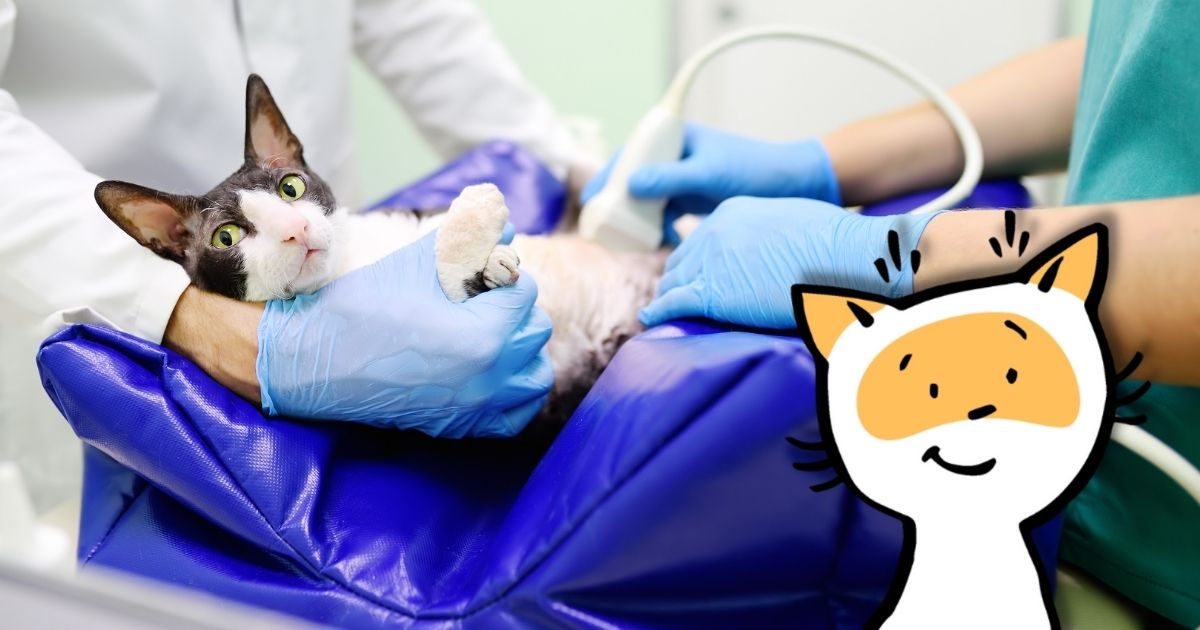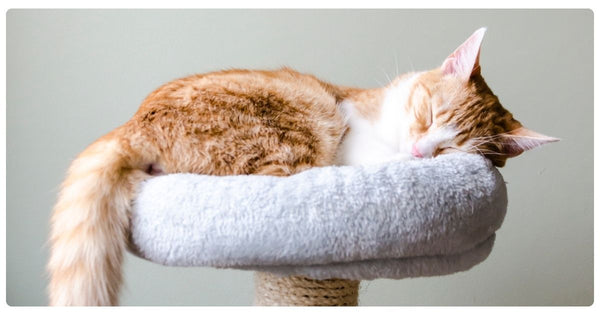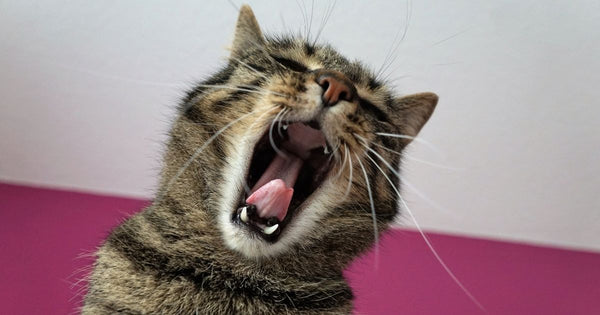
A Guide to Cat Pregnancy: From Conception to Caring
January 04, 2024As cat owners, we cherish our feline companions and want to ensure their well-being in every stage of life. Pregnancy is a crucial phase in a cat's life, which requires special attention and care. In this blog post, we'll explore the journey of cat pregnancy, addressing common questions and providing valuable insights into how to best care for your pregnant cat.
What is Cat Pregnancy?
Cat pregnancy, also known as gestation, is the period during which a female cat (queen) carries and nurtures her developing kittens. Similar to humans, the process involves conception, pregnancy, and birthing.
How Long Can a Cat Be Pregnant?

The gestation period for cats typically lasts around 63 to 65 days or about nine weeks. This time frame can vary slightly among individual cats and breeds.
How to Know If Your Cat Is Pregnant
Detecting cat pregnancy in its early stages can be challenging, but some signs might give you a clue. These signs include:

- Changes in Behavior - Your cat might become more affectionate or display changes in appetite and activity levels.

- Nipple Changes - A pregnant cat's nipples can become pinker and larger.

- Weight Gain - A pregnant cat might gain weight as her pregnancy progresses.

- Morning Sickness - Some cats might experience nausea, leading to vomiting.

- Abdominal Changes - The cat's abdomen can visibly enlarge as the pregnancy advances.
Actions to Take If Your Cat Is Pregnant
Once you suspect or confirm that your cat is pregnant, it's essential to provide her with the proper care:

Consult a Veterinarian
Schedule a visit to the vet to confirm the pregnancy and receive guidance on care.

Dietary Adjustments
Consult your vet for appropriate dietary changes. Pregnant cats need increased nutrients, so you might need to switch to high-quality kitten food. When adjusting your pregnant cat's diet, consider incorporating salmon oil. This omega-3-rich supplement benefits the mother cat and her developing kittens.
Before making dietary changes, consult your veterinarian for proper dosage and suitability.

Comfortable Nesting Area
Prepare a quiet, comfortable, and safe space for your cat to give birth. A box with soft bedding works well.

Minimize Stress
Keep your cat's stress levels low. Avoid unnecessary changes to her routine or environment.
How to Know If Your Cat Is About to Give Birth (Whelping)
As the due date approaches, your cat will exhibit certain signs indicating that labor is imminent:

- Restlessness - Your cat may seem anxious and might start nesting more actively.

- Vocalization - During labor, certain cats tend to increase their vocalizations.

- Increased Grooming - Your cat might groom herself excessively.

- Temperature Drop - A day or two before labor, her body temperature might drop slightly.
Cat Pregnancy Aftercare
After the kittens are born, your responsibilities extend to postnatal care:

Observe Mother and Kittens
Monitor the mother cat and her kittens closely. Make sure she's nursing and the kittens are gaining weight.

Provide Nutritious Food
Continue feeding the mother a high-quality diet to support her milk production.

Regular Vet Checkups
Schedule postnatal checkups for both the mother and kittens.

Socialization
Gradually expose the kittens to different sights, sounds, and experiences to aid their social development.

Spaying After Weaning
Discuss spaying the mother cat with your vet after she has finished nursing the kittens.
Conclusion
Cat pregnancy is a fascinating and crucial phase in a feline's life cycle. As responsible pet owners, we must provide the best care possible during this time. By understanding the signs of pregnancy, preparing for labor, and ensuring proper aftercare, you can contribute to the health and well-being of the mother cat and her adorable kittens. Always remember that consulting your veterinarian and staying informed will help you navigate this journey successfully.
